Talking Film with Director Jerusha West
5 years ago by

We just launched Creativity Month here at the Atelier, and personally, I’m always the one who’s more interested in the making of a film than the actual film itself. I always want to ask a million questions about what prompted someone to create, why they picked one medium and not another, how they’re staying organized, and so on.
To look at the end piece feels like a reward, a reflection of a person’s hard work and all the decisions that went into it. So, when I got the opportunity to chat with, Filmmaker, Jerusha West about her work, I jumped on it.
I’ve known Jerusha for several years. An artist and London native, with her British accent and feminine silk dresses, she painted a picture of someone I wanted to be if I were ever to live in London (which was a childhood dream of mine, thanks to Sir Arthur Conan Doyle).
Now she’s working on her next project, a short film titled, “Solidago.” So of course, I couldn’t resist a friendly interrogation about all things creativity.
Describe yourself (where you’re from, where do you live, what do you do).
I was born in South East London and grew up there. I went to Thomas Tallis School in Kidbrooke, before studying Art Foundation at Central St Martins. I then studied Painting at the Slade School of Fine Art, and graduated in 2017. I still live in London and work as an artist and filmmaker. I’m currently working on a short film called Solidago.
You are coming from an incredibly creative family with close ties to the theater world in London. What did you take from them?
I have a very big extended family, which includes some actors, as well as people with very different professions. I spent some time in theatres when I was younger. There is a theatrical element to some of my work, for instance in Solidago, there will be wooden set designs, and the film actually includes a theatre scene… however, I very rarely go to the theatre to be honest!
What prompted you to pick a different creative path and do art/film?
I wanted to be a midwife when I was 4 and shortly after that I decided on being an artist! I obsessively drew and painted. As I became older I got very into photography, but the medium became a bit ruined for me when the smartphone came along. I started writing a lot and sketching out film ideas when I was about 15, but had no idea then how I could turn them into actual films.
I learned so much in the painting department at the Slade. I spent the first few years there painting figuratively, however it always felt a little restricted. My tutors really encouraged me to embrace the fact that my practice was multidisciplinary.
I soon realised film was the thing that excited me the most – having such a broad and flexible practice. I find the film and painting relationship really interesting, there’s so many crossovers between the two mediums. I also find the collaborative part of film really exciting – amazing stuff can be created when you have musicians, choreographers, actors etc. all working together.
When did you feel the first urge to create art? How did that make you feel?
I’ve always made things, I guess it can be a very satisfying feeling when you finish something as a child and receive praise for it! When I was at school, it was very clear to me that I needed to be doing it. I think a degree in Fine Art can ruin that magical feeling that exists when you lack critical awareness. I spent a solid 4 years at the Slade having everything dissected and torn apart constantly – so you develop a much stronger, but way more complex and turbulent relationship with your work. It can be difficult at times, but ultimately makes you better at what you do.
You’ve already directed a few short films. Are there specific themes you like to portray? Why?
I am very interested in making work that explores folklore, ritualism and occultism. I’m also interested in our relationship with landscape and nature, particularly women in landscapes. Solidago stems from an ongoing investigation into these subjects, and also an interest in post 1900 communities, as well as memory, trauma and human interaction. My research shifts and changes though, and there’s lots of other ideas I have for future films, which could end up being quite different from this project, although certain themes and motifs always seem to repeat and reappear.
Where does your desire to work with those themes come from?
I’ve undertaken a lot of research into cultural and social disturbances; I wrote my dissertation on the Industrial Revolution and how it influenced the genre of Fairy Painting, comparing it to the Digital Revolution. I feel like there is a similar shift happening today with a surge in art and film, which is somewhat otherworldly or possesses some kind of mysticism or ‘otherness’. This interest partly comes from a desire to escape such a chaotic and confusing world, with so much political and environmental instability, and the madness of how quickly technology has evolved. I think the Digital Revolution has brought some benefits, but is really damaging to the brain, especially in younger people. I hope as a society we soon learn to control it.
In your most recent film, Solidago, which is in pre-production, I noticed so much solitude and melancholy in the script, and in your notes. This is essentially what womanhood feels like a lot of the time. Is this intentional?
Life can be incredibly sad and lonely, whatever your gender. Solidago focuses on a quite upsetting experience one particular woman goes through in the 1960s, and so naturally there will be a lot of sadness, and I am glad this comes through in the script. The film will focus on the abject female body, and how by being a woman, that inevitably comes with a lot of trauma and vulnerability.
There is so much focus on mainstream feminism in the Western world, which is wonderful as there are still so many issues with gender inequality over here, but I really hope the changes that are being made here can spread and improve situations for women in countries where being female is incredibly dangerous.
What does inspiration mean to you and how much do you rely on it in your work?
I think inspiration can come from anywhere. I find it important to see as much art and film as I can. I spend a lot of time at the Barbican and BFI cinemas. I often find museum shows and exhibits – a constant source of inspiration. I always find myself returning to the permanent Turner and William Blake rooms at the Tate Britain, and the mineral collection at the Natural History Museum. Alongside my film work, I continue a studio practice where I work with a range of mediums (drawing, painting, sculpture). Human relationships and interactions really interest me. I often keep notes of interactions I’ve had with people, bits of writing I come across, things I’ve heard.
Film is such a manipulative medium and can be so affecting at conveying subtext and all the meaningful and subtle communications and tensions that exist between us.
Which artists and filmmakers inspire you the most?
So many, but some include:
Filmmakers: Tarkovsky, Deniz Gamze Ergüven, Paul Wright, Lynne Ramsay, Sergei Parajanov.
Artists: Louise Bourgeois, Kai Althoff, Carol Rama, Franz West, Carolee Schneemann, Jonathan Meese, Valerie Kong.
I keep watching Maurice Sendak’s TateShots on YouTube, it’s so good!
Does the place you live affect your creative process? Are there particular places that inspire you the most?
I’m fortunate to live in London where I am exposed to so much interesting art and film. However, I do get claustrophobic here and really enjoy travelling and being in rural places. I love spending time in Suffolk and Dorset – it feels so liberating and really clears my head. Growing up in the city has made me romanticize the countryside a bit! One of the most inspiring places I’ve ever been to is the Louisiana Museum just outside Copenhagen. It’s so utopic in the way that it blends together architecture, landscape and art.
Where does your sense of fashion and style come from, and does your work ever influence it?
Most of my clothes are second hand, from vintage shops and charity shops. I went through a phase of collecting lots of 1920s slip dresses, and love finding beautiful and elegant bits of vintage clothing, for myself as well as costumes that could feature in my work. I also like to dress more casually sometimes. I have a big collection of cashmere jumpers that go with everything and are so comfortable and warm! I love the evening as it can be very fun to dress up in beautifully made dresses and really experiment with makeup.















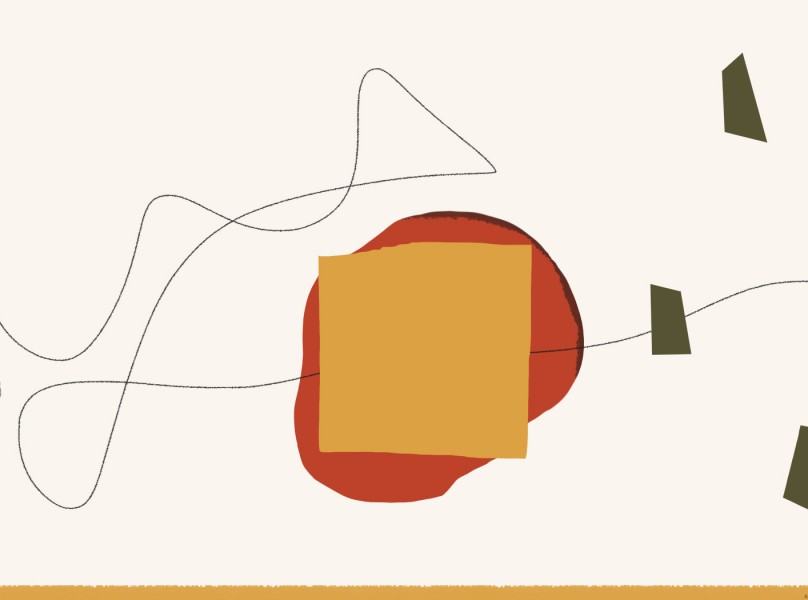





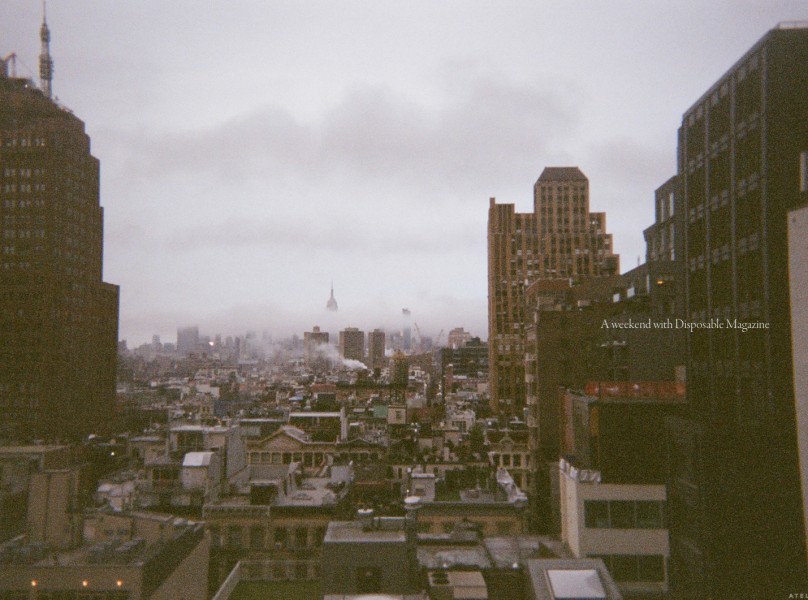

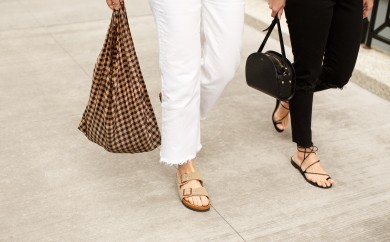
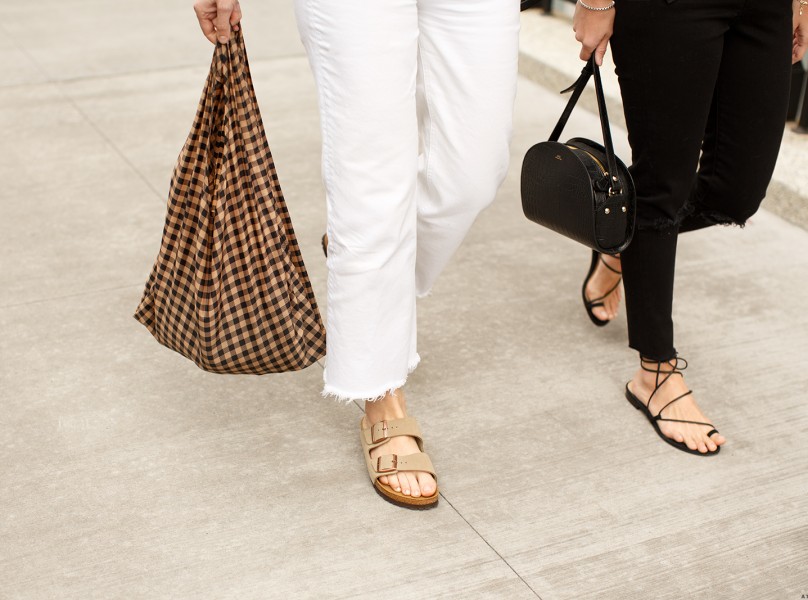
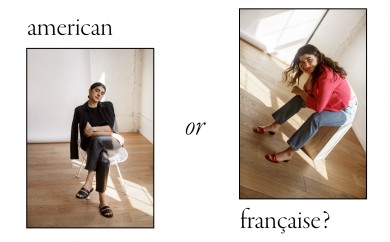
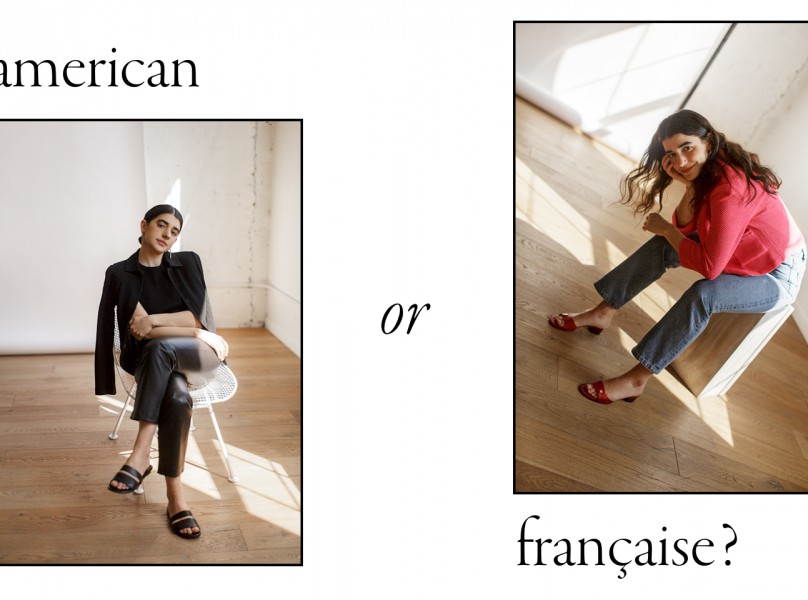
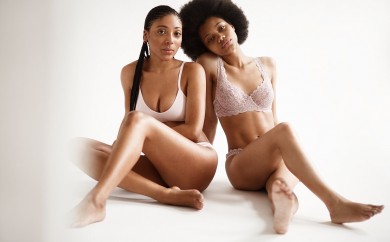
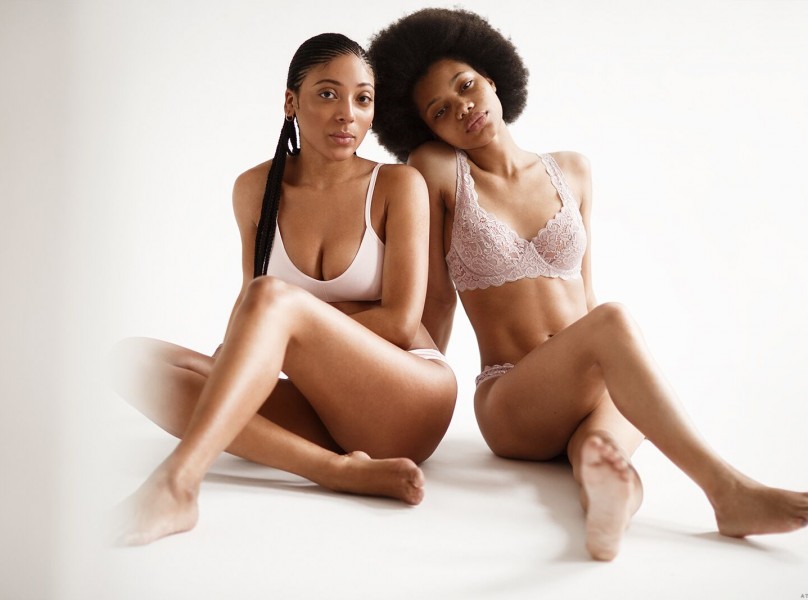
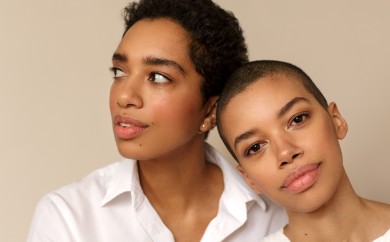
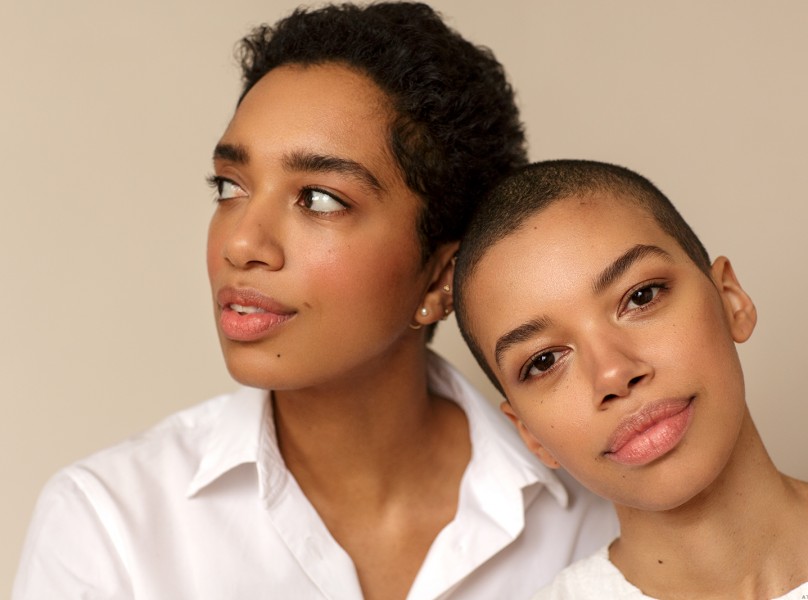
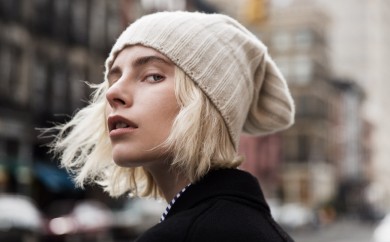
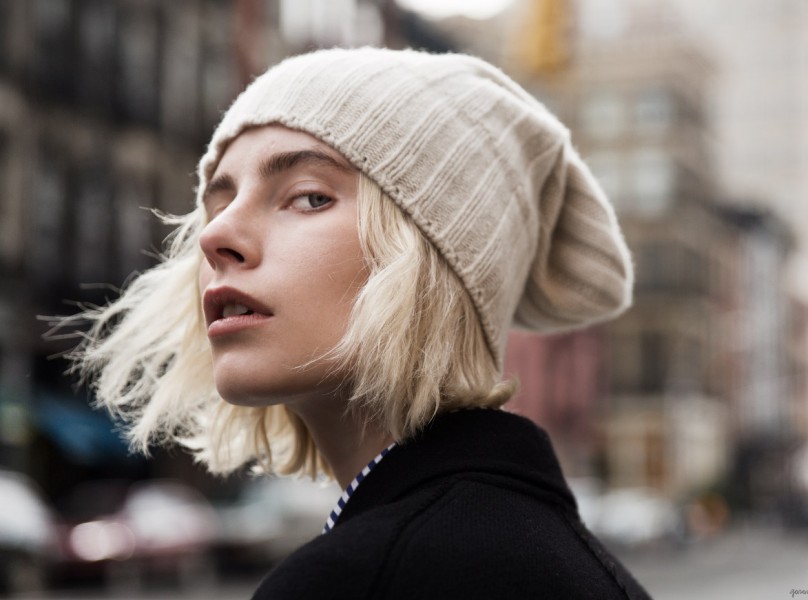
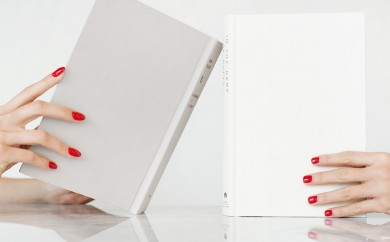
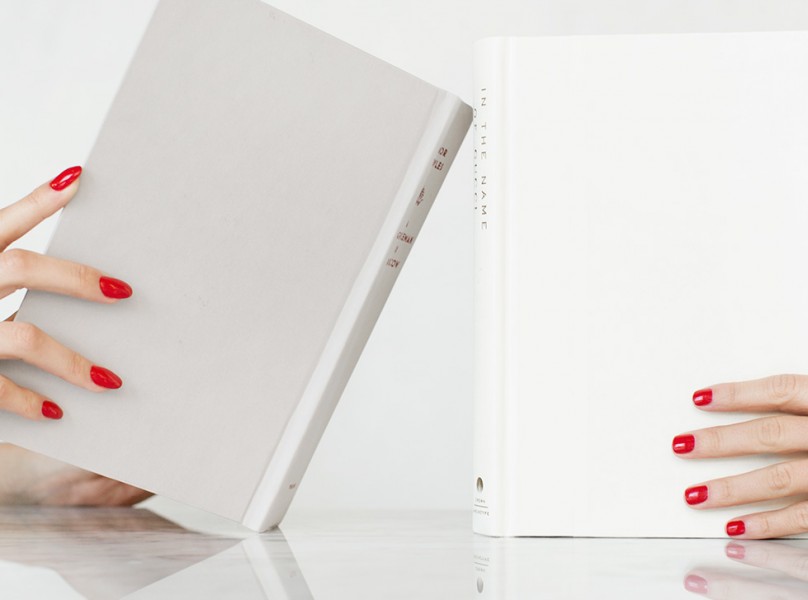
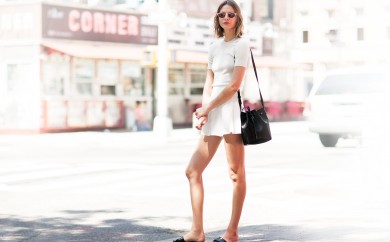
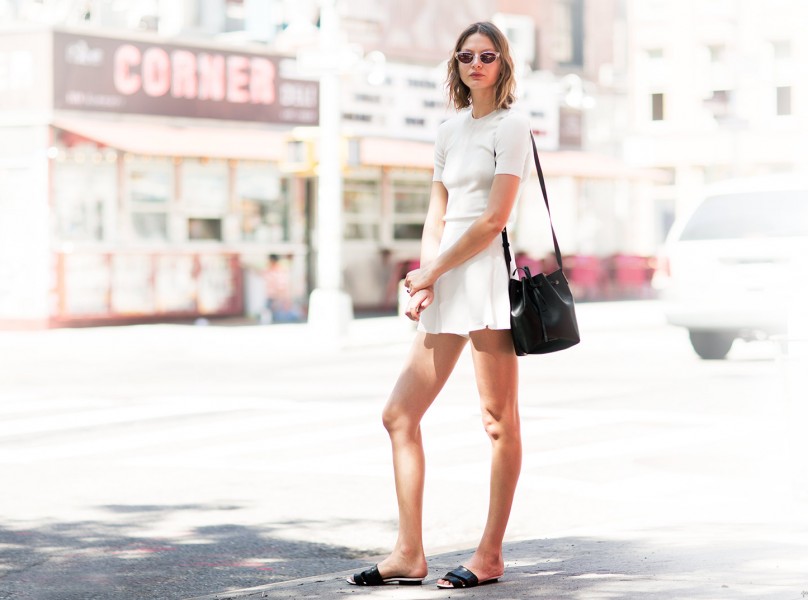
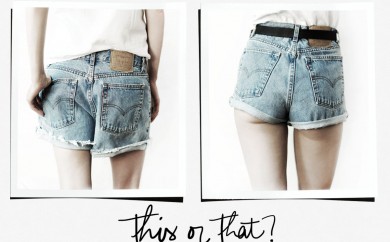
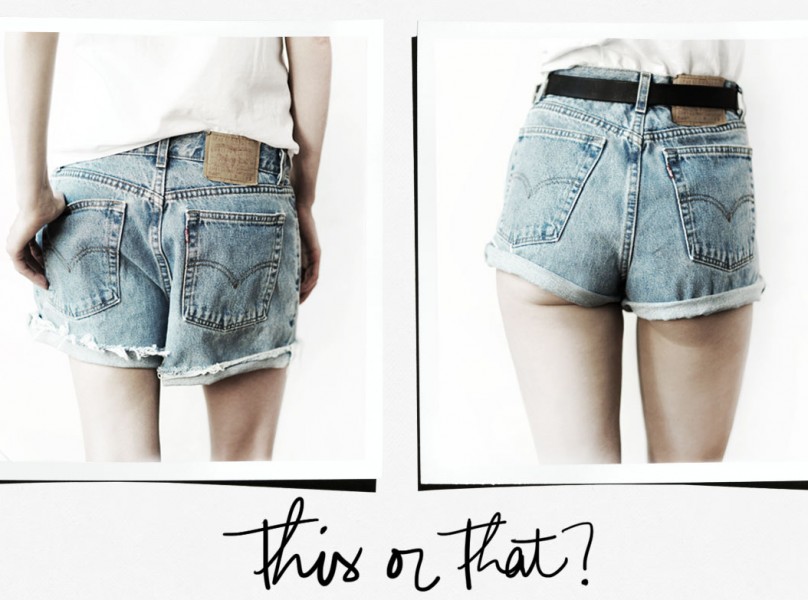
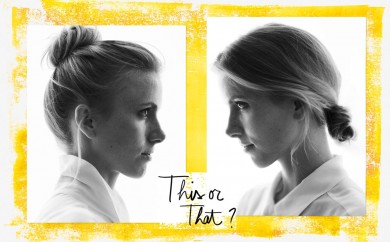
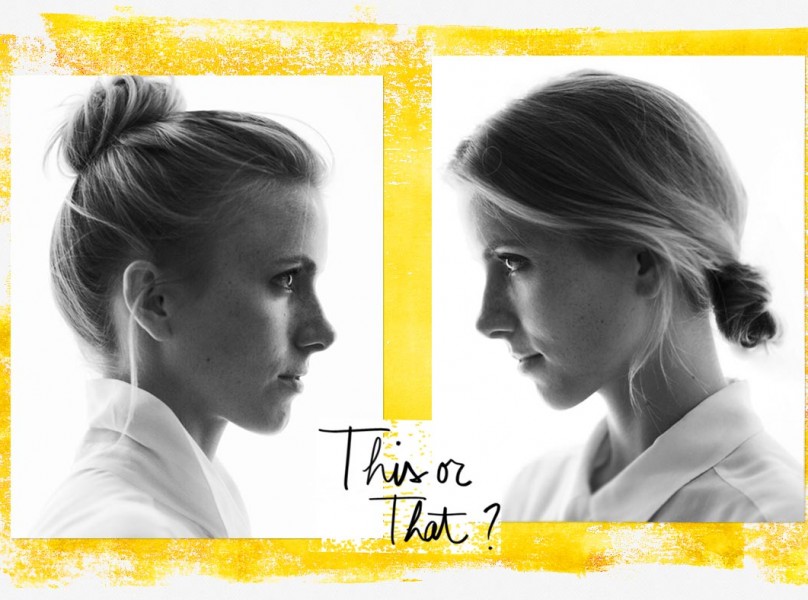
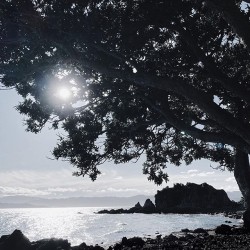
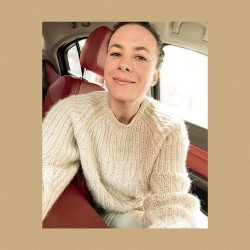
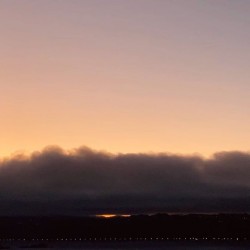
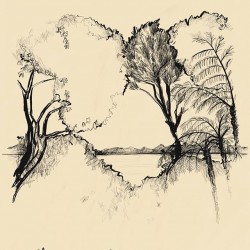
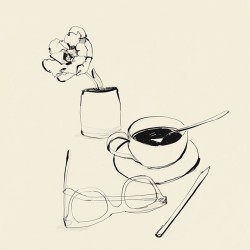
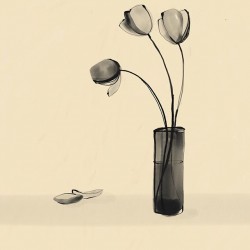
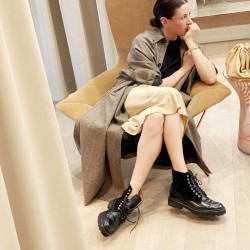
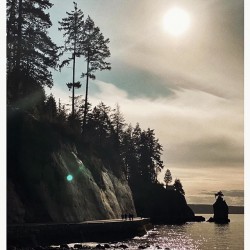
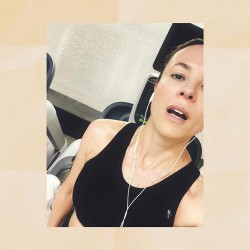
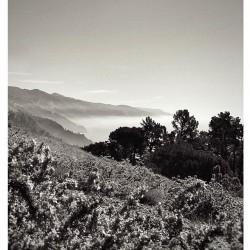
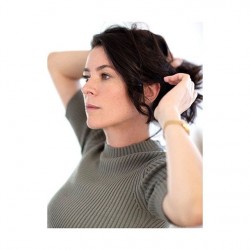
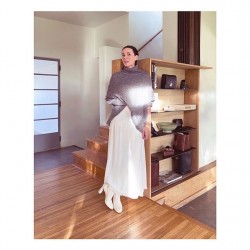
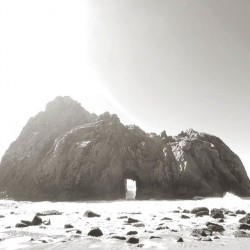
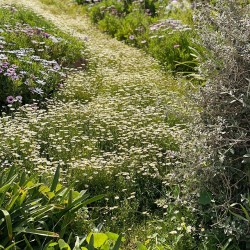
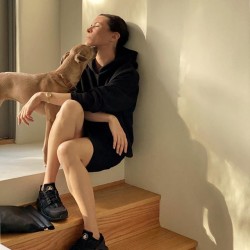
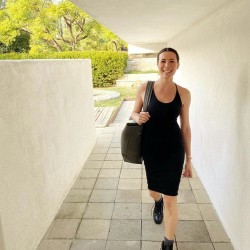
v interesting!